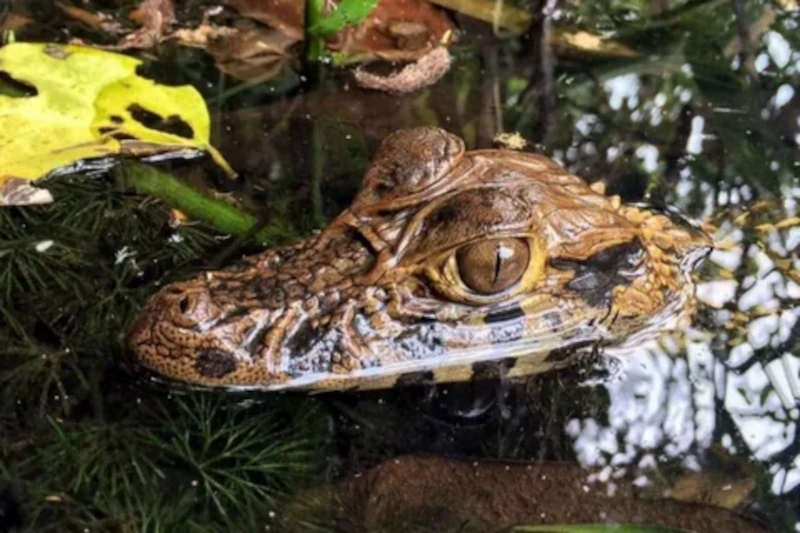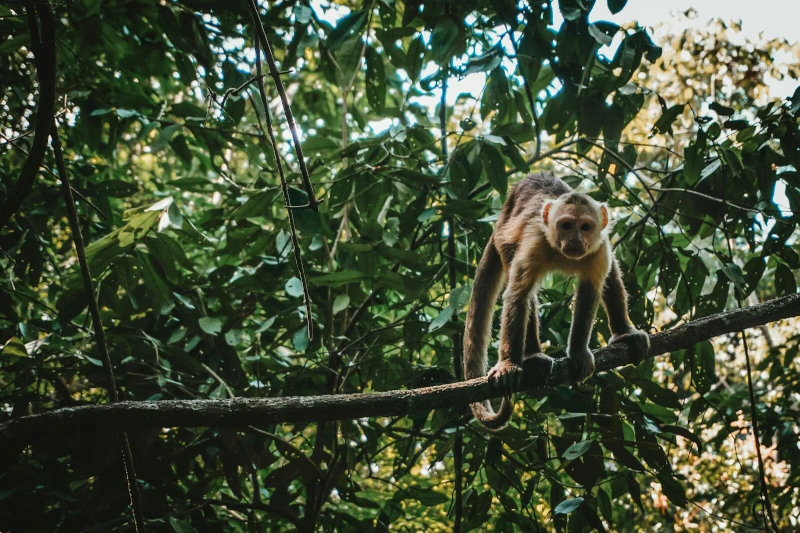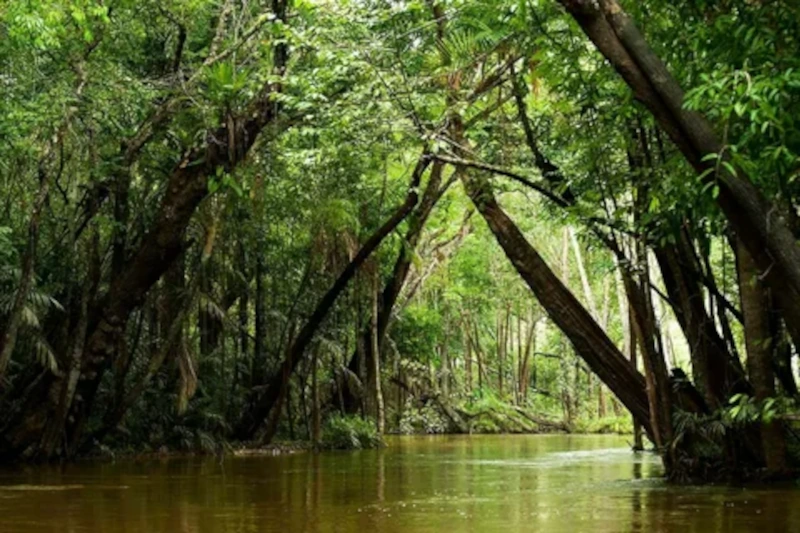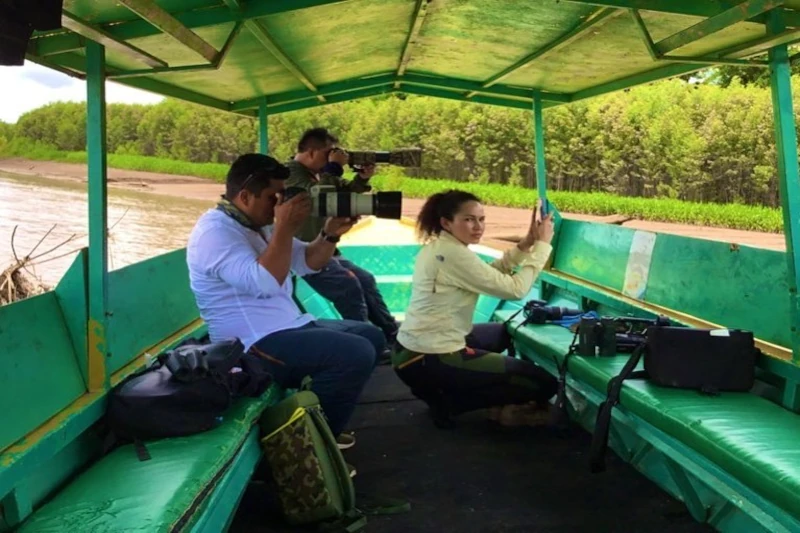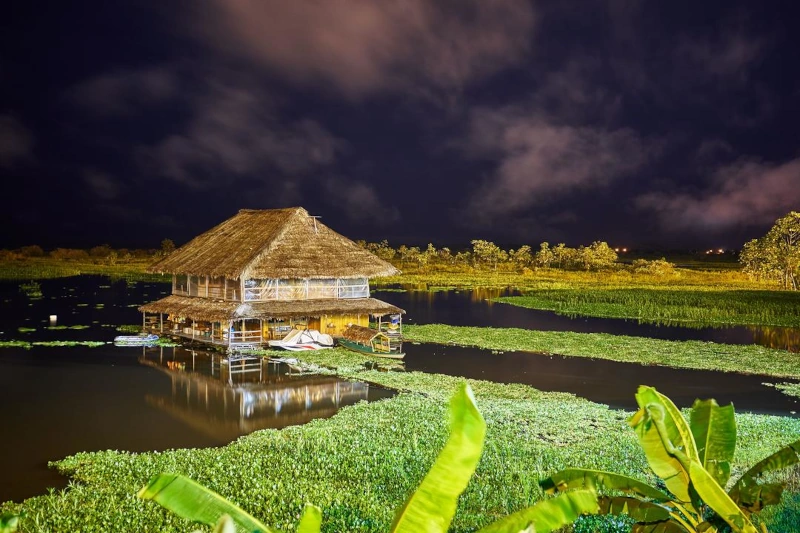- About Us
- Manu Cultural Zone
- Manu Reserved Zone
- Tambopata Jungle
- Everything You Need to Know About Traveling to Tambopata
- Lake Sandoval Peru 2 Days
- Tambopata Macaw Clay Lick 3 Days
- Tambopata Jungle Adventure 3 Days
- Tambopata Chuncho Macaw Clay Lick and Lake Sandoval – 4 Days
- Tambopata Tours 4 Days
- Tambopata & Macaw Clay Lick (5 Days)
- Tambopata Amazon Tours 5 Days
- Travel packages
- Bird watching
- Activities in Amazon

